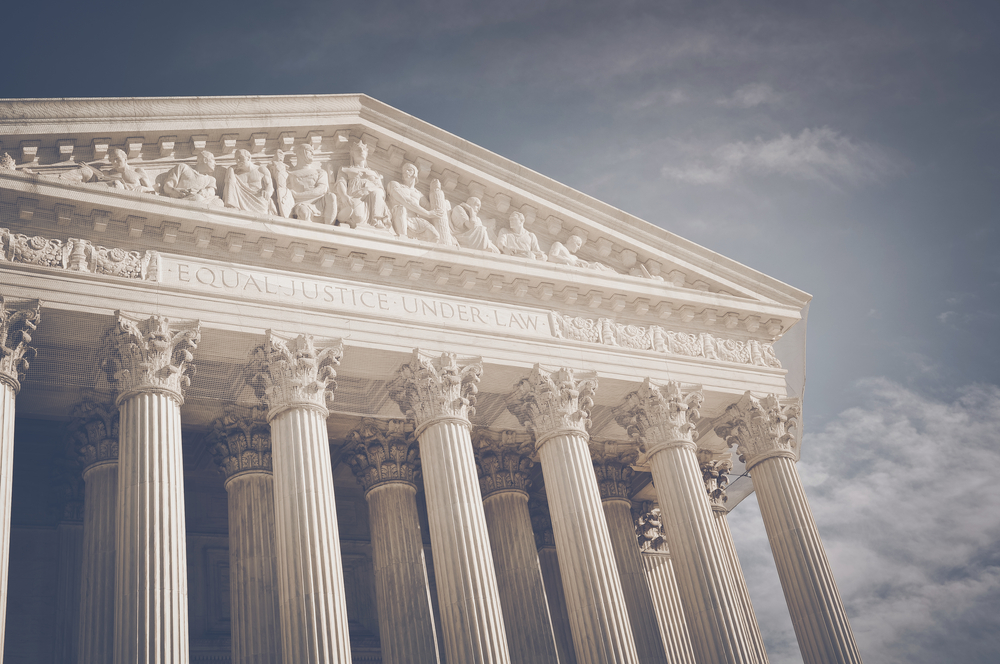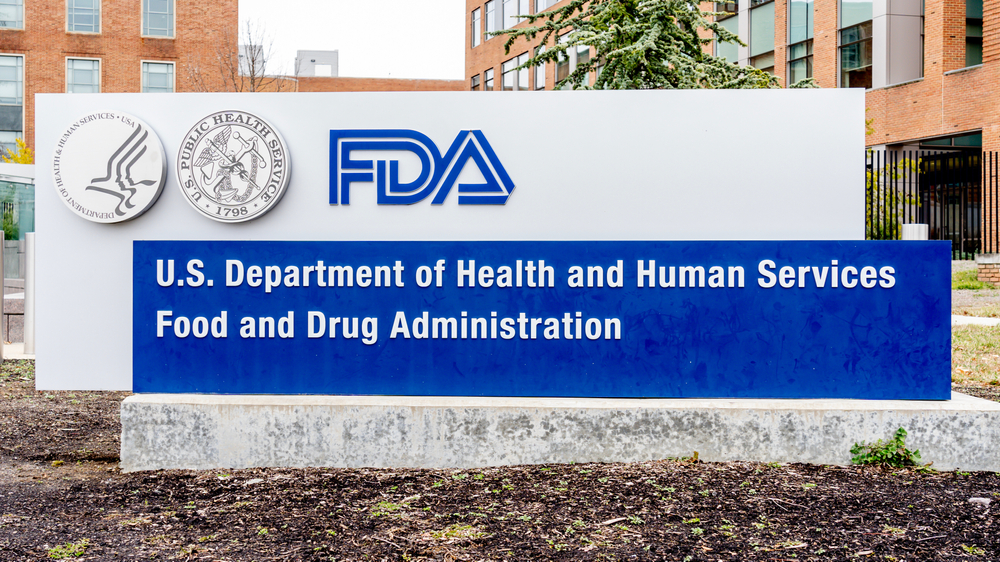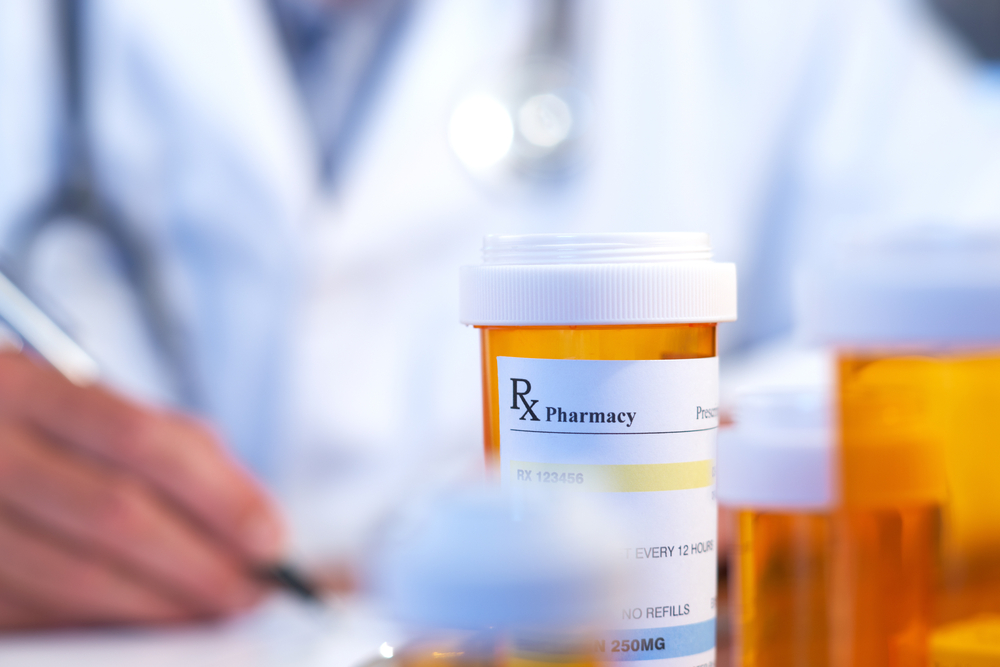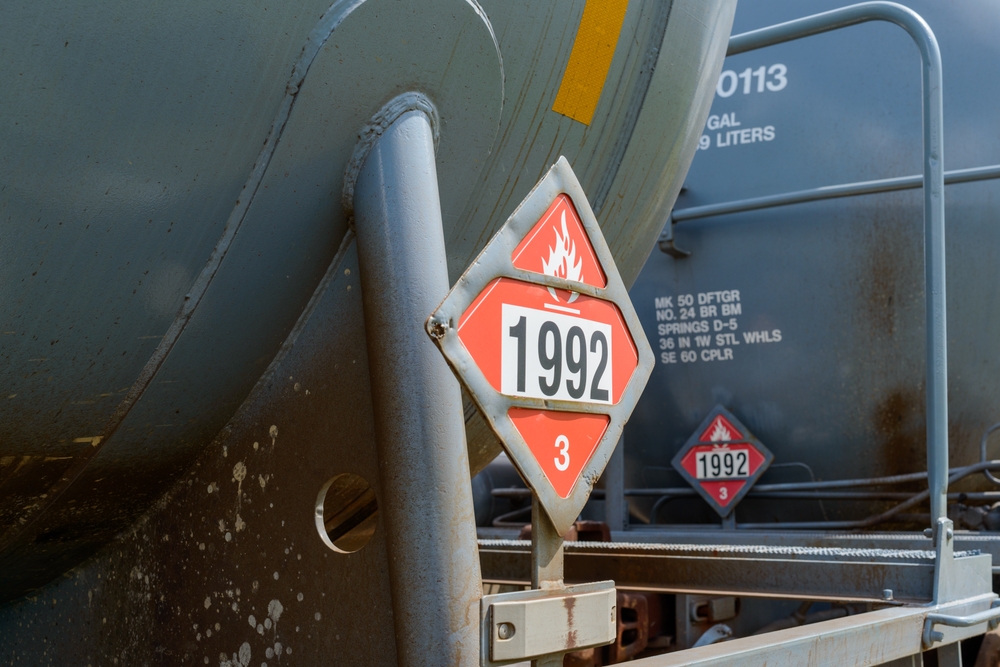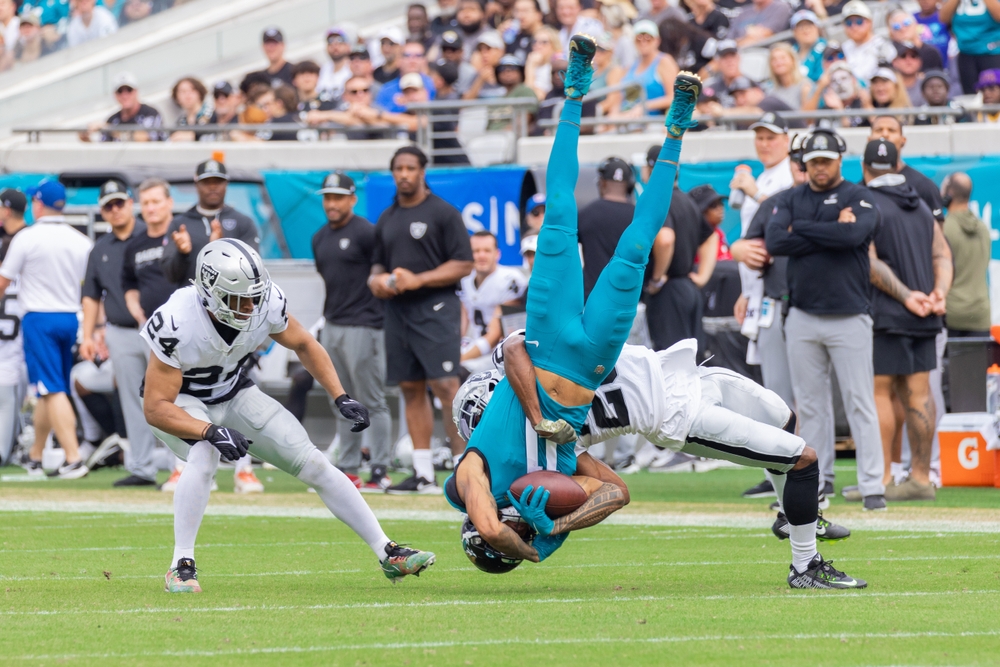New law brings sweeping changes to horse racing
Apparently, the horse racing industry is a lot like politics: It makes for strange bedfellows.
In late December, tucked into the fiscal-year 2021 omnibus spending bill passed on Capitol Hill, the Horseracing Integrity and Safety Act became law, bringing with it — right out of the gates — what likely is the most transformational reform of horse racing in decades.

Highlights of the law include substantially increased limits on the use of medications in Thoroughbreds, a ban on using medications within 48 hours of a race, restrictions on the use of anti-bleeding medications, limits on the use of a bronchodilator that enhances muscle development, more stringent penalties for repeat violators, and provisions allowing for restrictions on the frequency of a jockey’s using a whip during a race.
RELATED: Wild West unfolding on pay-for-play in college athletics
RELATED: Golf injuries are big business for lawyers
Cheers, in turn, were heard from industry participants near and far.
The reason? In a word, accountability.

“This new system promises to ensure much more substantial protections for racehorses and to increase public confidence in the integrity in the sport,” said Marc Summers, general counsel of The Jockey Club, established in 1894 as the breed registry for Thoroughbreds in the United States.
“For many years, anti-doping, medication and safety matters have been handled by a patchwork state-by-state system of regulation, with very disappointing results. By enacting HISA (Horseracing Integrity and Safety Act), Congress is centralizing the rule making and enforcement in these areas and is vesting real power for change in an independent, not-for-profit and conflict-of-interest-free authority. Further, the law establishes the United States Anti-Doping Agency as the new authority’s medication control and anti-doping enforcement body. USADA has been successfully doing much the same for the U.S. Olympic team since 2000 and is also the enforcement body for a variety of sports.”
In addition, HISA calls on the new authority to adopt and enforce stringent racetrack safety measures relating to areas such as surfaces.
“The safety measures currently in effect in the United States’ 30-plus racing jurisdictions vary greatly, and we believe that a centralized and coordinated approach to safety will be best for racehorses,” Summers said.
“Persons and organizations involved with virtually every facet of the Thoroughbred industry have come out in support of the new law.”
Those names represent a virtual who’s-who of horseracing, including the Breeders’ Cup, Churchill Downs, Keeneland Association, National Thoroughbred Racing Association, New York Racing Association, The Stronach Group, along with The Humane Society of the United States, Animal Wellness Action and the Water Hay Oats Alliance, among others.
In a prepared statement, Drew Fleming, president and CEO of Breeders’ Cup, called HISA the “single most significant safety and integrity development in the history of Thoroughbred racing.”
In a similar statement, Alan Foreman, chairman of the Thoroughbred Horsemen’s Association, said, “The passage of the Horseracing Integrity and Safety Act is the culmination of a collective effort of liked-minded industry organizations who fostered compromises in an effort to achieve uniform and necessary mandated medication, testing, and safety standards to protect the health, safety, and welfare of our horses and maintain the integrity of our sport above reproach.”
Notably, the legislation comes at a time when greyhound racing is becoming a thing of the past, with growing claims of dog cruelty. For example, a 2018 amendment approval in Florida banned greyhound betting and, in effect, racing. By the end of 2022, Iowa and Arkansas will follow suit, leaving only West Virginia as a state with active commercial greyhound racetracks.
Still, as the horseracing industry looks toward reform, there is work to do. Industry organizations, according to Summers, have been pushing for reform for several decades, and the law arrives after 27 people, including prominent horse trainers, were indicted last March for various schemes of providing performance-enhancing drugs to racehorses.
Per the legislation, the anti-doping and racetrack safety rules will come into effect July 1, 2022, with current initial steps having the Federal Trade Commission to approve the anti-doping and medication control program and racetrack safety program. Also, the newly established Horseracing Integrity and Safety Authority must work in cohesion with USADA in an “evolving” process to formalize the nationwide anti-doping and medication control system, Summers said.
Meanwhile, the Thoroughbred industry, and horse racing overall, continue to face significant challenges in a number of areas where Congress has not legislated, Summers said. Those areas include effects of the ongoing COVID-19 pandemic on the sport and those who earn their living in connection with it, the aftercare of horses whose racing/breeding careers have ended, and fan retention, he said.
And, legal challenges to the new law could emerge in the future.
“I think it is likely that there will be legal challenges, as is common with any new system that fundamentally changes the status quo,” Summers said.
Nonetheless, there is a new law in play, and the Thoroughbred horseracing industry applauds it.
“We all recognize the limitations of the current regulatory regime in ensuring the best possible sport for our equine athletes and fans,” Summers said. “There is undoubtedly a better way — and HISA is making it possible.”








